Dave Sandford is a sports photographer who is interested in everything that is somehow related to the water. This time, he captured the formidable nature of Lake Erie, which is located in Canada and the United States. Tribes who lived here called it Lake «Erige» (“Cat”) for its unpredictable and sometimes really dangerous nature.
More info: wordyboard.com
Just before the European colonization, the shores of Lake Erie were inhabited by a tribe from the south and the Erie tribe of the north. During the French-Iroquois wars, this population was wiped out, and the territory was inhabited by the tribes Algonquin Ottawa, Ojibwe, Wyandotte, and Mingo. The first European who reached Lake Erie was Louis Jolliet in 1669, who soon founded a French settlement.
Like the other Great Lakes, Erie produces the effect of snow when the cold winter winds of Buffalo move across warm waters of the lake. New York became eleventh in snowfall in the United States. Effect ends lake or attenuated, however, when it freezes. Being the smallest of the Great Lakes, it freezes faster and more often than others.
Lake also determines the climate, important for agriculture. The northern coast is one of the richest areas of fruit and vegetable production in Canada, and the southeast coast in the states of Ohio, Pennsylvania, and New York is an important grape growing region. During 1960-1970 Lake Erie experienced changes in water quality associated with the increased level of phosphate in the water and sediments. This has led to eutrophication of the system due to the fundamental changes in flowering algae and the rate of reproduction.
Decomposition of Algae provoked an expansion of seasonally anoxic zones in the lake (also known as dead zones), which continued in the early 1970s. The masses of rotting algae and polluted coastline contributed to the dissemination of opinions about Erie as a dead lake.
Agreement between Canada and the United States (1972) has reduced landfill and phosphate runoff into the lake. The Environmental Protection Agency is studying the US cyclical phenomenon since 2005.
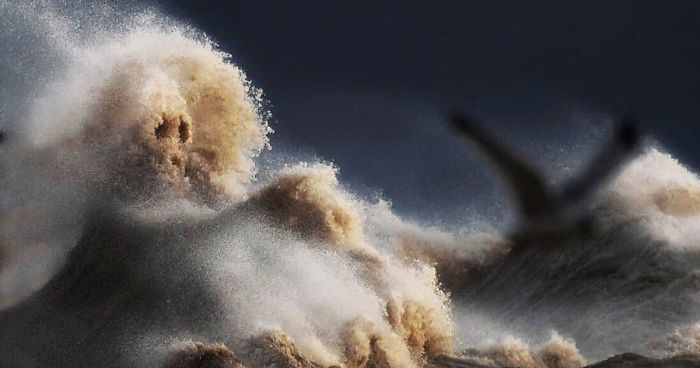
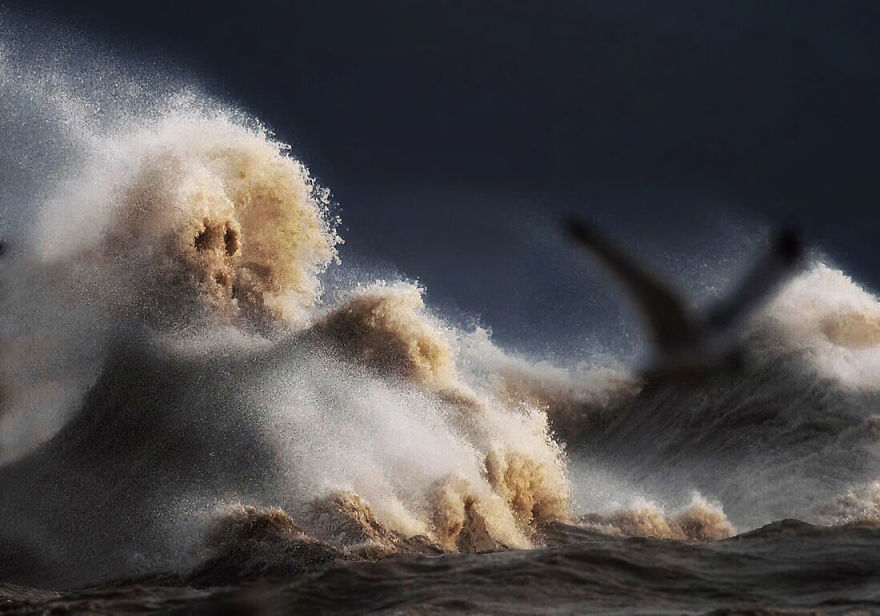
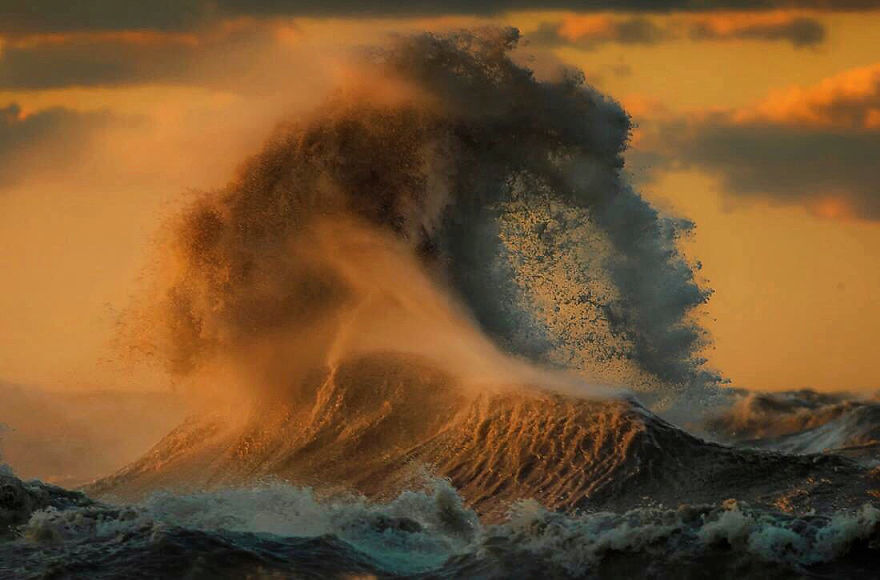
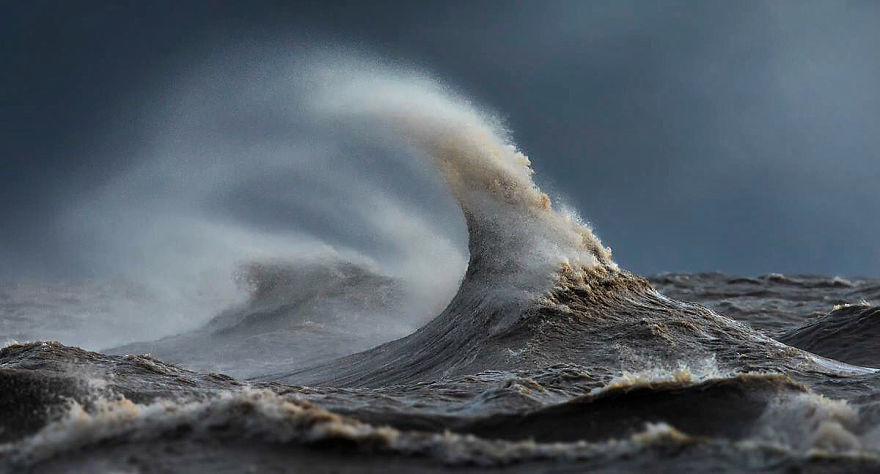
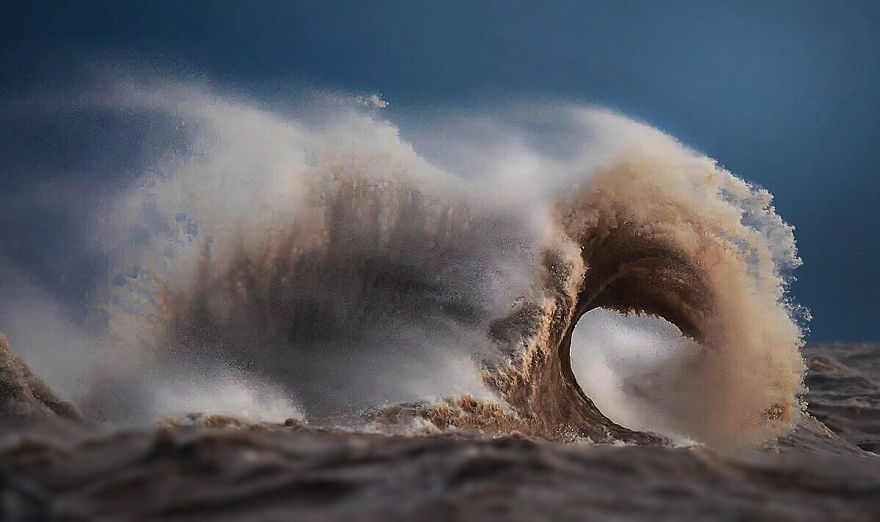
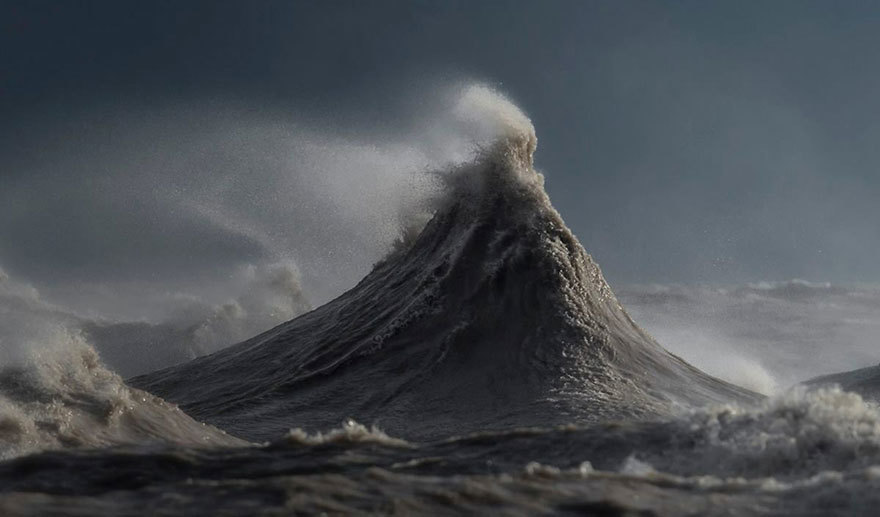
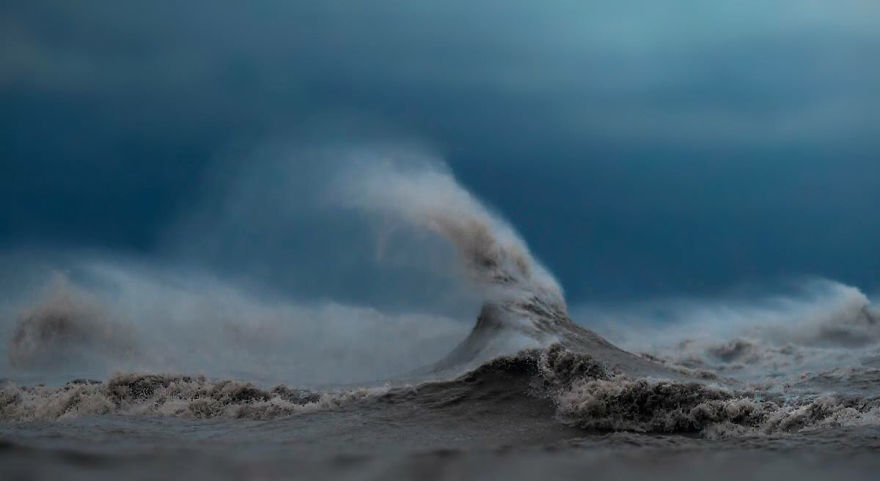
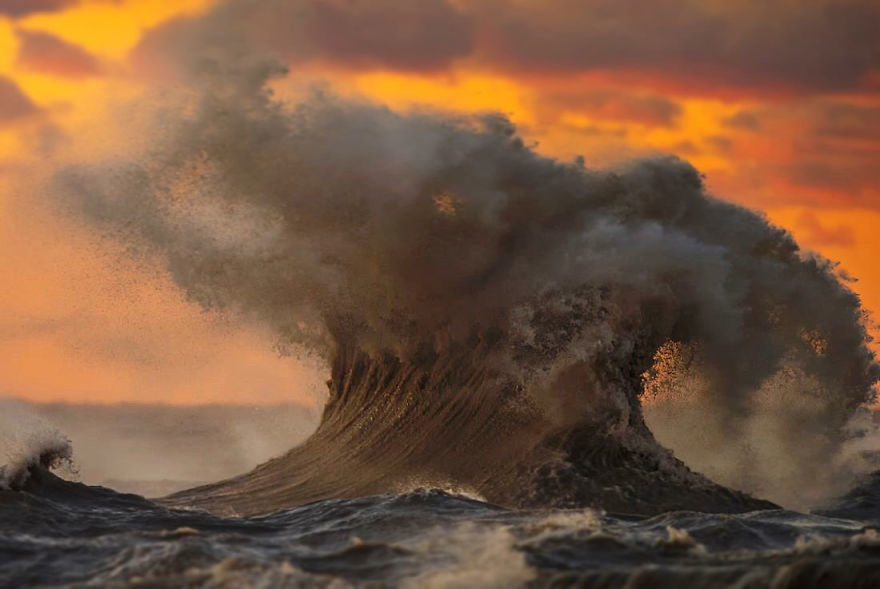
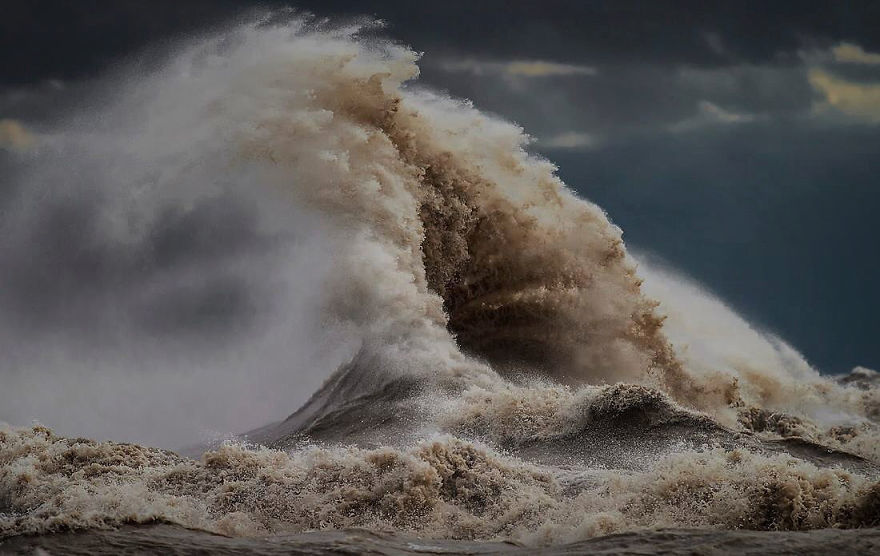
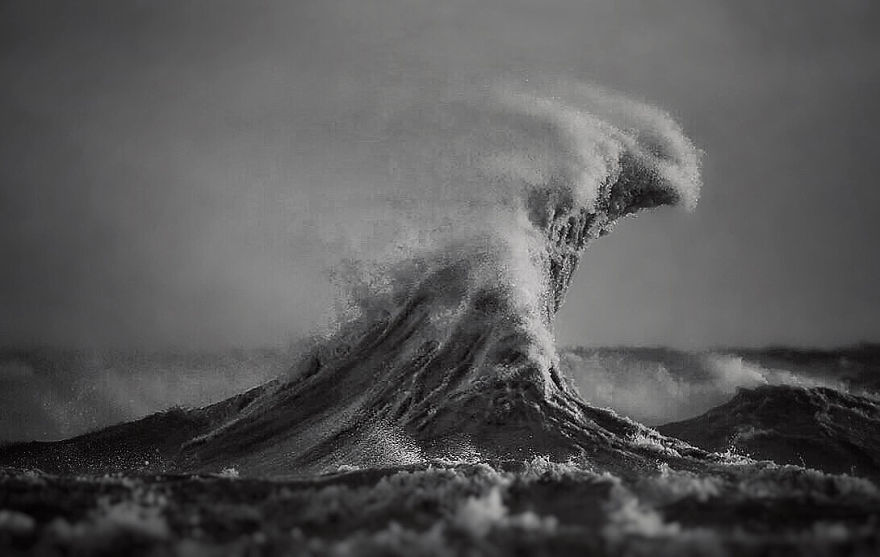
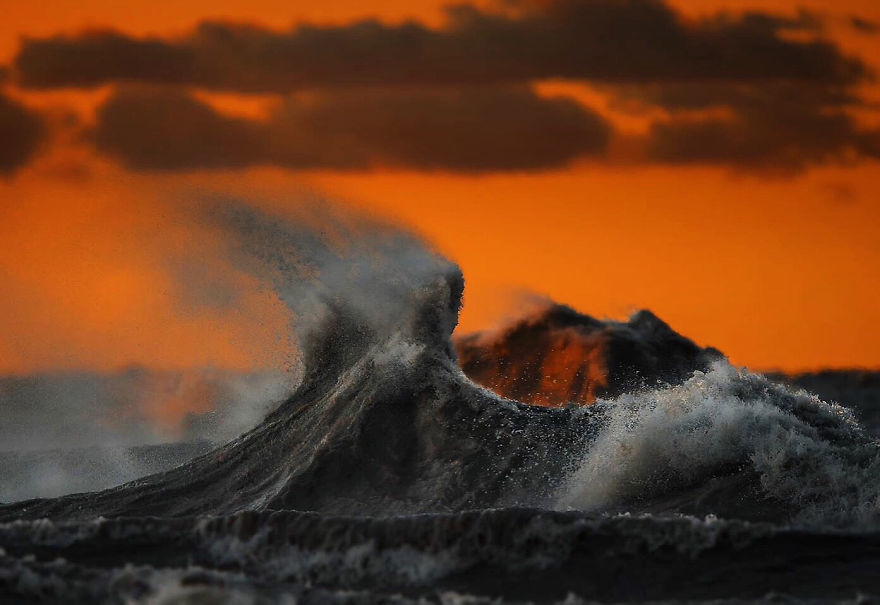
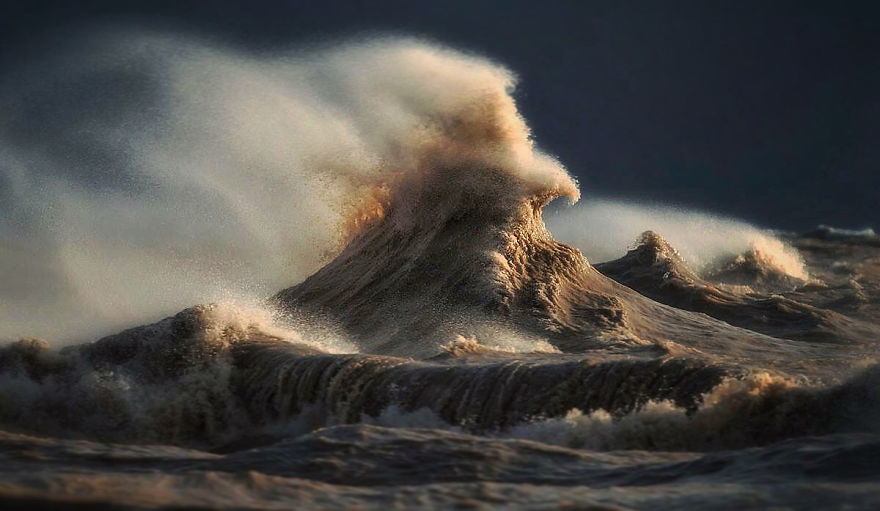



4
1